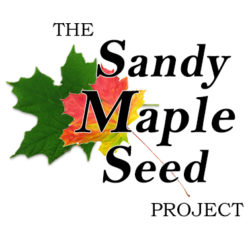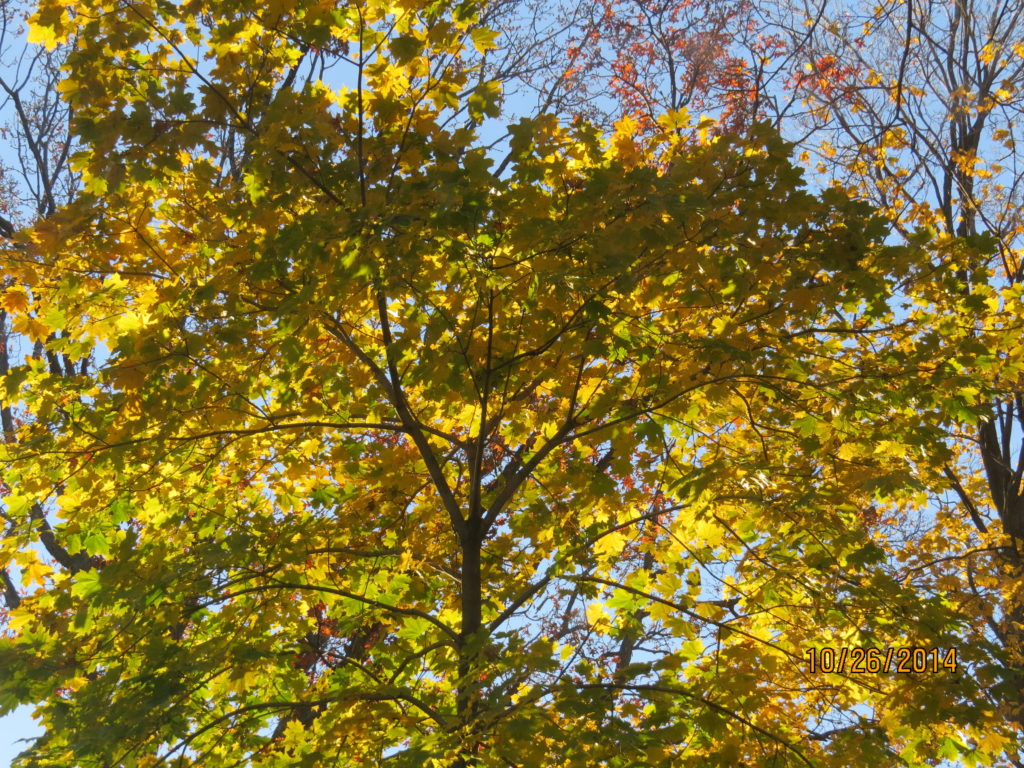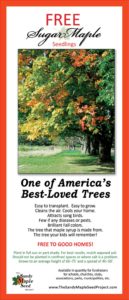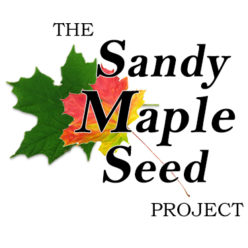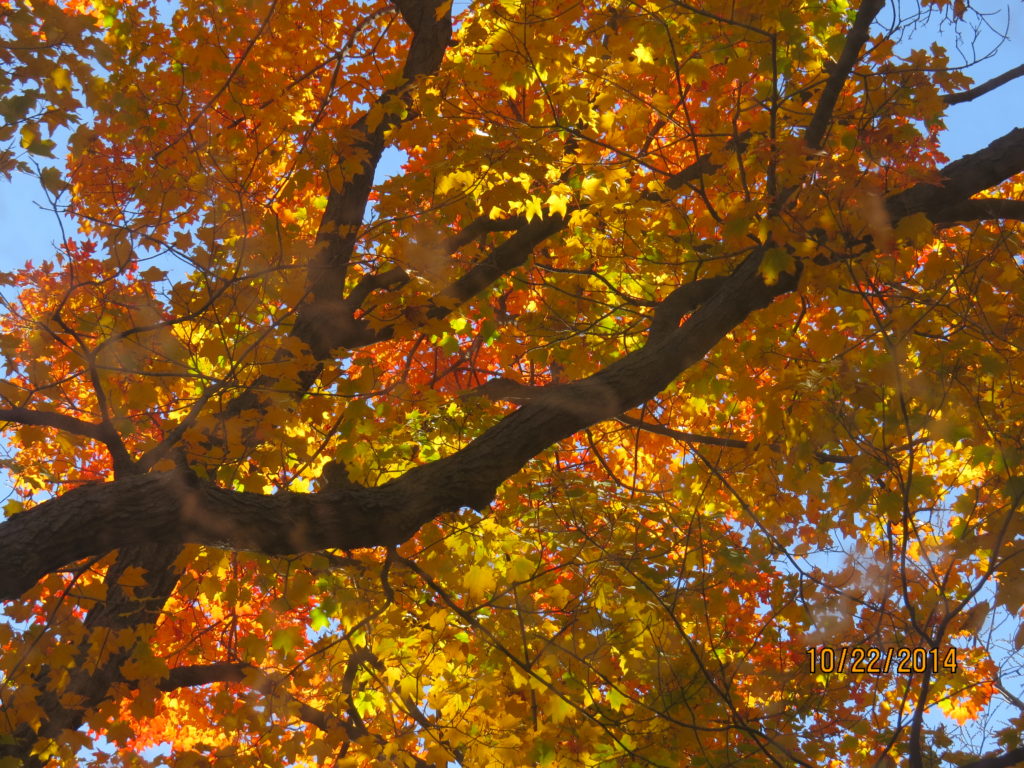Here are 22 of the best reasons to plant and care for trees or defend a tree’s standing:
Trees combat climate change
Excess carbon dioxide (CO2) caused by many factors is a building up in our atmosphere and contributing to climate change. Trees absorb CO2, removing and storing the carbon while releasing the oxygen back into the air. In one year, an acre of mature trees absorbs the amount of CO2 produced when you drive your car 26,000 miles.
Trees clean the air
Trees absorb odors and pollutant gases (nitrogen oxides, ammonia, sulfur dioxide and ozone) and filter particulates out of the air by trapping them on their leaves and bark.
Trees provide oxygen
In one year an acre of mature trees can provide enough oxygen for 18 people.
Trees cool the streets and the city
Average temperatures in Los Angeles have risen 6°F in the last 50 years as tree coverage has declined and the number of heat-absorbing roads and buildings has increased. Trees cool the city by up to 10°F, by shading our homes and streets, breaking up urban “heat islands” and releasing water vapor into the air through their leaves.
Trees conserve energy
Three trees placed strategically around a single-family home can cut summer air conditioning needs by up to 50 percent. By reducing the energy demand for cooling our houses, we reduce carbon dioxide and other pollution emissions from power plants.
Trees save water
Shade from trees slows water evaporation from thirsty lawns. Most newly planted trees need only fifteen gallons of water a week. As trees transpire, they increase atmospheric moisture.
Trees help prevent water pollution
Trees reduce runoff by breaking rainfall thus allowing the water to flow down the trunk and into the earth below the tree. This prevents storm water from carrying pollutants to the ocean. When mulched, trees act like a sponge that filters this water naturally and uses it to recharge groundwater supplies.
Trees help prevent soil erosion
On hillsides or stream slopes, trees slow runoff and hold soil in place.
Trees shield children from ultra-violet rays
Skin cancer is the most common form of cancer in the United States. Trees reduce UV-B exposure by about 50 percent, thus providing protection to children on school campuses and playgrounds – where children spend hours outdoors.
Trees provide food
An apple tree can yield up to 15-20 bushels of fruit per year and can be planted on the tiniest urban lot. Aside from fruit for humans, trees provide food for birds and wildlife.
Trees heal
Studies have shown that patients with views of trees out their windows heal faster and with less complications. Children with ADHD show fewer symptoms when they have access to nature. Exposure to trees and nature aids concentration by reducing mental fatigue.
Trees reduce violence
Neighborhoods and homes that are barren have shown to have a greater incidence of violence in and out of the home than their greener counterparts. Trees and landscaping help to reduce the level of fear.
Trees mark the seasons
Is it winter, spring, summer or fall? Look at the trees.
Trees create economic opportunities
Fruit harvested from community orchards can be sold, thus providing income. Small business opportunities in green waste management and landscaping arise when cities value mulching and its water-saving qualities. Vocational training for youth interested in green jobs is also a great way to develop economic opportunities from trees.
Trees are teachers and playmates
Whether as houses for children or creative and spiritual inspiration for adults, trees have provided the space for human retreat throughout the ages.
Trees bring diverse groups of people together
Tree plantings provide an opportunity for community involvement and empowerment that improves the quality of life in our neighborhoods. All cultures, ages, and genders have an important role to play at a tree planting or tree care event.
Trees add unity
Trees as landmarks can give a neighborhood a new identity and encourage civic pride.
Trees provide a canopy and habitat for wildlife
Sycamore and oak are among the many urban species that provide excellent urban homes for birds, bees, possums and squirrels.
Trees block things
Trees can mask concrete walls or parking lots, and unsightly views. They muffle sound from nearby streets and freeways, and create an eye-soothing canopy of green. Trees absorb dust and wind and reduce glare.
Trees provide wood
In suburban and rural areas, trees can be selectively harvested for fuel and craft wood.
Trees increase property values
The beauty of a well-planted property and its surrounding street and neighborhood can raise property values by as much as 15 percent.
Trees increase business traffic
Studies show that the more trees and landscaping a business district has, the more business will flow in. A tree-lined street will also slow traffic – enough to allow the drivers to look at the store fronts instead of whizzing by.
Used with permission from TreePeople, an environmental nonprofit organization whose mission is to inspire, engage and support people to take personal responsibility for the urban environment, making it safe, healthy, fun and sustainable and to share our process as a model for the world.
More at: https://www.treepeople.org/resources/tree-benefits
